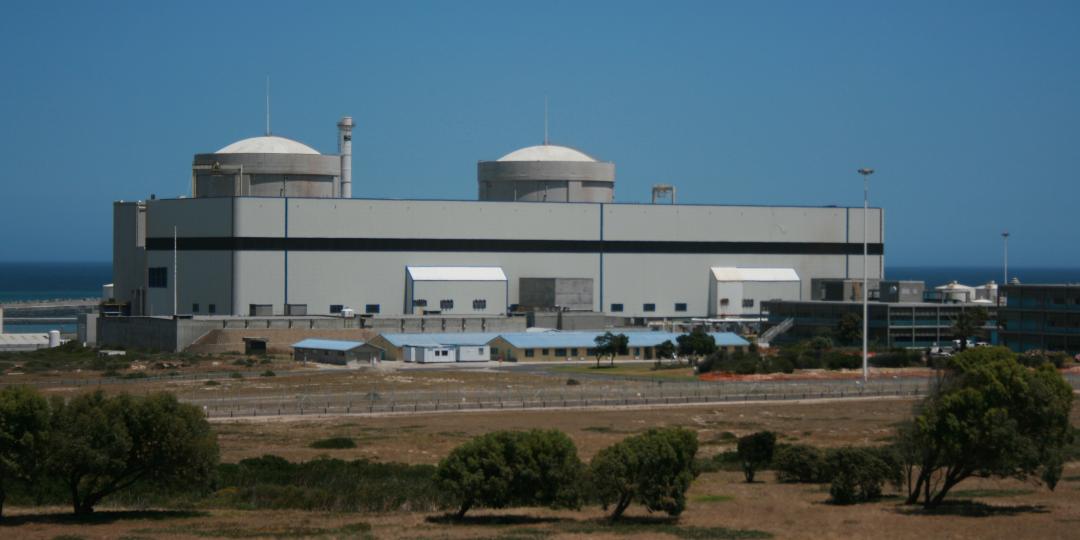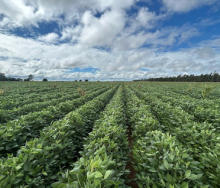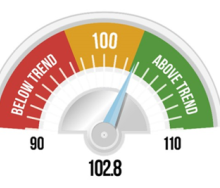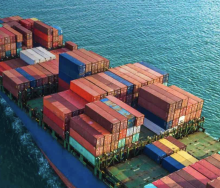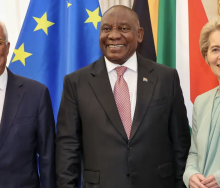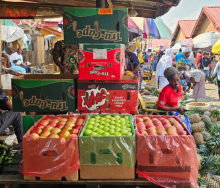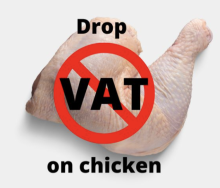High coal costs, low energy availability, unexplained costs, an economy strangled by lack of electricity, and consumers who struggle to pay the current price is not a sound basis for a 38% electricity price hike.
This was the warning the Organisation Undoing Tax Abuse (Outa) has issued to the National Energy Regulator after Eskom filed its latest application for a massive price increase in 2023/24. Outa presented its comments to NERSA at the public hearing on Tuesday. Eskom applied for a total allowable revenue of R334.676bn for 2023/24, including a whopping R317.696bn to be raised from standard tariff customers, which means everyone except the big customers with negotiated price agreements. The price would be calculated from allowable revenue and predicted energy sales.
NERSA noted that Eskom’s application, plus three additional amounts it has requested since it was filed, could result in a price of 202.29c per kilowatt hour, which translates to an increase of 38.10% on the current price.
Outa described the move as “outrageous” in light of the fact that businesses and households are buckling under Stage 6 loadshedding.
“Outa calls on NERSA to grant a maximum of a consumer price index (CPI) tariff increase. If the economy is to recover from Covid-19, electricity needs to be kept at an affordable level in order to be an economic enabler,” Outa said in its submission to NERSA energy on Eskom’s fifth Multi-Year Price Determination (MYPD5) for next year and beyond.
“Eskom’s business interests cannot be allowed to jeopardise economic recovery and it is in Eskom’s own interest to grow the economy in order to grow electricity sales. The calculations presented by NERSA outlining that Eskom receive increases of 38% this year cannot be acceptable at any time, never mind in the time of recovering from Covid-19,” Outa said.
A key change to the latest tariff adjustment is Eskom’s plan to increase its fixed monthly charge, a move that Outa has opposed, while pointing out that Eskom’s energy availability is low. The utility is trying to move from 64% availability to 72%.
“Such fixed costs as charged by Eskom mean people pay even if there is no electricity and loadshedding means Eskom makes money even if it provides zero electricity. This contradicts a principle of fairness. Given that Eskom’s aspiration is only 72% availability, Outa proposes that the fixed portion of any Eskom proposed tariff should be reduced to maximum of 72%, and allowed revenue adjusted accordingly,” Outa said.
Outa said corruption was still a problem and suggested that R2.5bn be deducted from Eskom’s allowable revenue annually, until it can guarantee that it is corruption free.
Eskom’s expectation in its application is that it will run at a massive R15bn loss again next year but envisaged greater returns and profits of R15bn and R23bn for the next two years.
“In essence, it appears that part of Eskom’s rationale for its tariff application is a desire to pay profits to government,” Outa said, adding that this did not serve the public interest. Outa also raised its concern about the hidden costs of extending the life of Koeberg and called on NERSA to investigate possible wasted costs.
“Outa is concerned by the slow recovery of the South African economy after Covid-19. Understanding that Eskom is solely owned by the South African government, some of the proposals put forward by Eskom in its revised tariff application might be reasonable for a private company but make no sense if they will undermine the public interest. In our view, Eskom, as a state-owned entity, should be acting in the public interest, providing electricity to South African households to help drive and stimulate the economy,” Outa said.
